Fifteenth-century Italian artists saw themselves as working in a period of cultural rebirth, a "renaissance" of the art and philosophy of antiquity.
Inspired by ancient Roman statuary, Italian sculptors focused their attention on the human form, either unveiling it or using drapery to assert its physical presence.
Subjects from Roman history and mythology offered new opportunities to experiment with the nude, while devotional images were made more compelling through natural-looking gestures and facial expressions.
Emotional expressiveness was a particular preoccupation of that most innovative of Florentine sculptors, Donatello (ca. 1386–1466), whose impact can be seen in several of the works shown here.
Many of the sculptures on view were carved or modeled.
In carving, the form is revealed by removing material—for instance, stone or wood—using sharp tools.
In modeling, wet clay is built up (and sometimes scooped out) into the desired shape and then fired in a kiln. The resulting material is called terracotta (literally, "cooked earth").
Colour and gilding could be added to make a work more lifelike or beautiful.
Also featured in this gallery are domestic furnishings and religious accessories, revealing the breadth of techniques in which Italian artists excelled—from working with gold and wood to silk weaving and embroidery.
Inspired by ancient Roman statuary, Italian sculptors focused their attention on the human form, either unveiling it or using drapery to assert its physical presence.
Subjects from Roman history and mythology offered new opportunities to experiment with the nude, while devotional images were made more compelling through natural-looking gestures and facial expressions.
Emotional expressiveness was a particular preoccupation of that most innovative of Florentine sculptors, Donatello (ca. 1386–1466), whose impact can be seen in several of the works shown here.
Many of the sculptures on view were carved or modeled.
In carving, the form is revealed by removing material—for instance, stone or wood—using sharp tools.
In modeling, wet clay is built up (and sometimes scooped out) into the desired shape and then fired in a kiln. The resulting material is called terracotta (literally, "cooked earth").
Colour and gilding could be added to make a work more lifelike or beautiful.
Also featured in this gallery are domestic furnishings and religious accessories, revealing the breadth of techniques in which Italian artists excelled—from working with gold and wood to silk weaving and embroidery.
Gallery 500 - Italian Sculpture and Decorative Arts, 1430–1500
Gallery Highlights
- Processional cross Date: ca. 1460–80
Accession Number: 17.190.499 - Goblet Date: ca. 1475–1500
Accession Number: 17.190.730a, b - Saint Jerome in the Wilderness Probably by Antonio Rossellino (Italian, Settignano 1427–ca. 1479 Florence)
Date: ca. 1470
Accession Number: 2001.593 - Saint Andrew Andrea Bregno (Italian, Osteno 1418–1503 Rome)
Date: 1491
Accession Number: 17.190.1736a–c - Chair (Sgabello) Attributed to the Workshop of Giuliano da Maiano (1432–1490) and Benedetto da Maiano (1442–1497)
Date: ca. 1489–91
Accession Number: 30.93.2 - Saint Catherine of Alexandria Cristoforo Solari (Italian, ca. 1460–1524)
Date: probably 1514–24
Accession Number: 2012.328
Select a Floor View
View a Collection on the Map
View a Special Exhibition on the Map
View Facilities on the Map
Fifteenth-century Italian artists saw themselves as working in a period of cultural rebirth, a "renaissance" of the art and philosophy of antiquity. Inspired by ancient Greek and Roman statuary, sculptors focused their attention on the human form, either unveiling it or using drapery to assert its physical presence. Subjects from Roman history and mythology offered new opportunities to experiment with the nude, while Christian devotional images were made more compelling through natural-looking gestures and facial expressions. Emotional expressiveness was a particular preoccupation of that most innovative of Florentine sculptors, Donatello (ca. 1386–1466), whose impact can be seen in several of the works shown here.
Many of the sculptures on view were carved or modeled. In carving, the form is revealed by removing material—for instance, stone or wood—using sharp tools. In modeling, wet clay is built up (and sometimes scooped out) into the desired shape and then fired in a kiln. The resulting material is called terracotta (literally, "cooked earth"). Color and gilding could be added to make a work more lifelike or beautiful. Also featured in this gallery are domestic furnishings and religious accessories, revealing the breadth of techniques in which Italian artists excelled—from working with gold and wood to silk weaving and embroidery.
Many of the sculptures on view were carved or modeled. In carving, the form is revealed by removing material—for instance, stone or wood—using sharp tools. In modeling, wet clay is built up (and sometimes scooped out) into the desired shape and then fired in a kiln. The resulting material is called terracotta (literally, "cooked earth"). Color and gilding could be added to make a work more lifelike or beautiful. Also featured in this gallery are domestic furnishings and religious accessories, revealing the breadth of techniques in which Italian artists excelled—from working with gold and wood to silk weaving and embroidery.









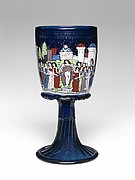
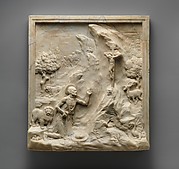
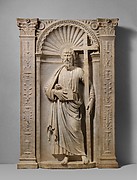
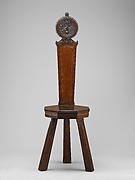
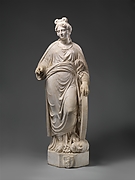
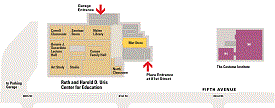
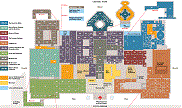
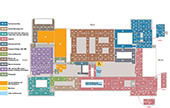

















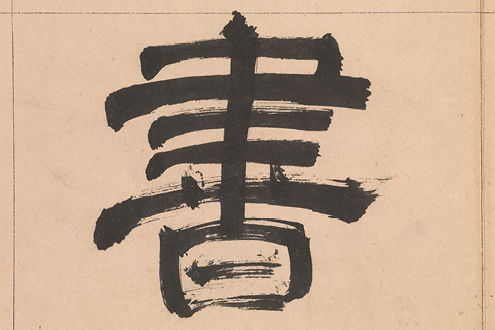
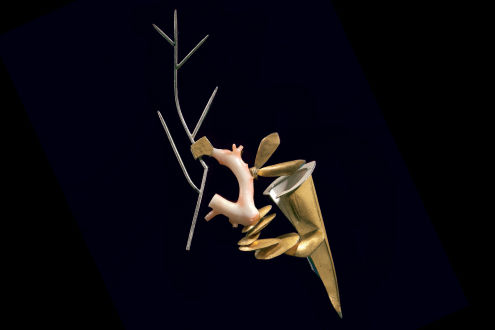
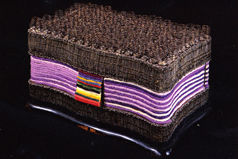
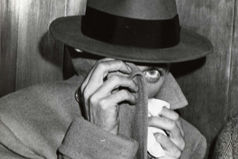
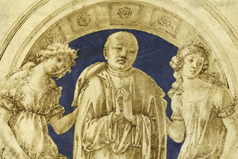

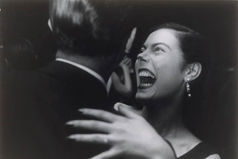

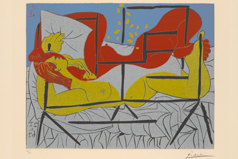
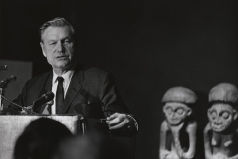

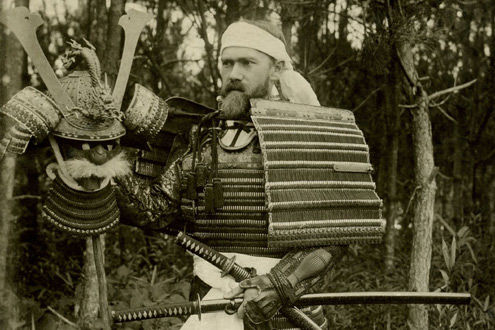
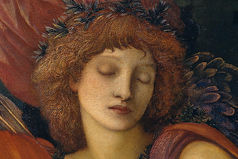
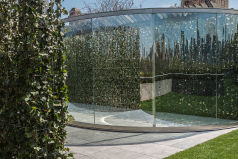


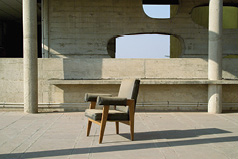
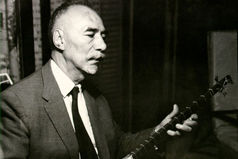
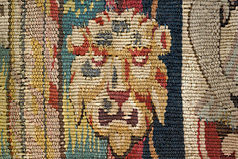
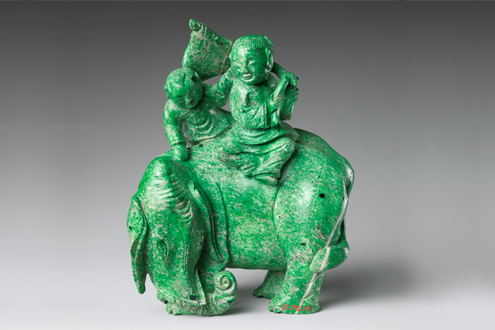
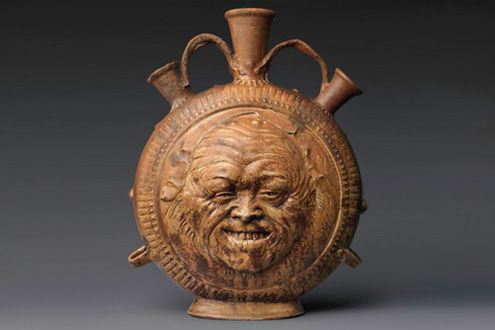
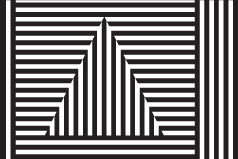
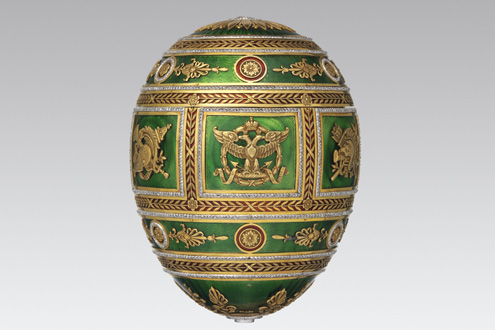

No comments:
Post a Comment